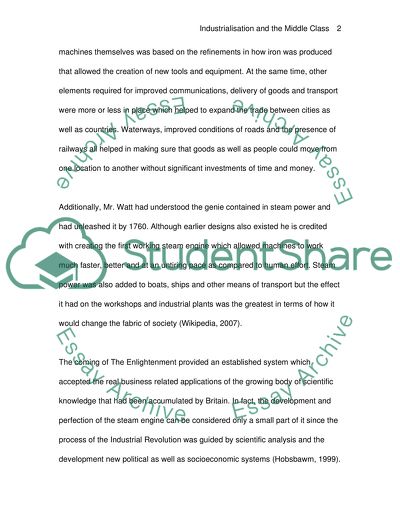Cite this document
(Industrialisation and the Middle Class Assignment, n.d.)
Industrialisation and the Middle Class Assignment. Retrieved from https://studentshare.org/macro-microeconomics/1539470-how-does-industrialisation-and-its-consequences-make-a-middle-class-visible-in-the-first-half-of-the-19th-century
Industrialisation and the Middle Class Assignment. Retrieved from https://studentshare.org/macro-microeconomics/1539470-how-does-industrialisation-and-its-consequences-make-a-middle-class-visible-in-the-first-half-of-the-19th-century
(Industrialisation and the Middle Class Assignment)
Industrialisation and the Middle Class Assignment. https://studentshare.org/macro-microeconomics/1539470-how-does-industrialisation-and-its-consequences-make-a-middle-class-visible-in-the-first-half-of-the-19th-century.
Industrialisation and the Middle Class Assignment. https://studentshare.org/macro-microeconomics/1539470-how-does-industrialisation-and-its-consequences-make-a-middle-class-visible-in-the-first-half-of-the-19th-century.
“Industrialisation and the Middle Class Assignment”. https://studentshare.org/macro-microeconomics/1539470-how-does-industrialisation-and-its-consequences-make-a-middle-class-visible-in-the-first-half-of-the-19th-century.


